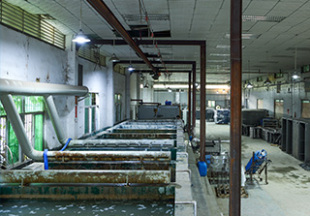
Privacy statement: Your privacy is very important to Us. Our company promises not to disclose your personal information to any external company with out your explicit permission.

ABOUT US
The company was established in November 2016 and has introduced a complete set of automated high-precision sheet metal production equipment from Japan's AMADA company. It is a professional precision sheet metal manufacturing and production enterprise. The company has always been committed to being an excellent sheet metal enterprise that integrates the design, development, manufacturing...
Non standard customization
Customized according to customer needs

Production process

Pre-process for painting

Press riveting and tapping teeth

Bending forming

Weld

Polish

Erp system

Blanking parts check

Spray coating
ALL PRODUCTS
COMPANY EXHIBITION

Advanced equipment
The main production equipment is imported from Japan to ensure processing accuracy.
Number of devices
The number of production equipment has a certain scale, and there is a certain degree of flexibility in output and sample processing
Technical support
In terms of early mold preparation and processing technology support, it has advantages that ordinary sheet metal processing factories cannot surpass
Development advantages
Supported by supporting factories, the cost advantage of mold development is greater than other factories
COMPANY CERTIFICATES
OUR PARTNERS

Privacy statement: Your privacy is very important to Us. Our company promises not to disclose your personal information to any external company with out your explicit permission.

Fill in more information so that we can get in touch with you faster
Privacy statement: Your privacy is very important to Us. Our company promises not to disclose your personal information to any external company with out your explicit permission.